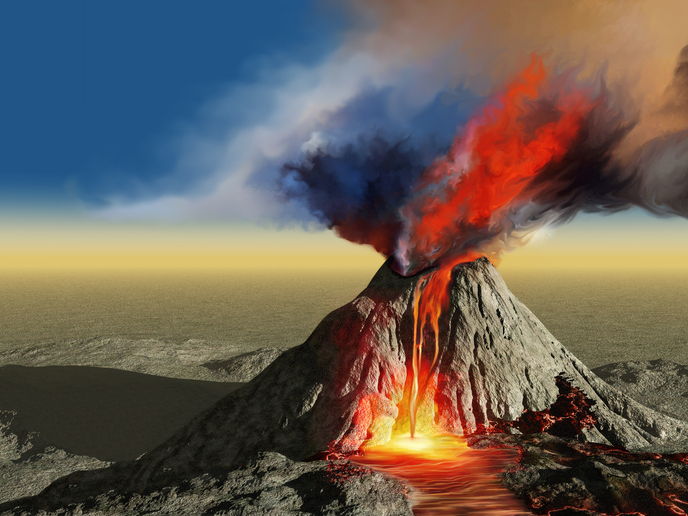Past volcanic eruptions help reveal climate future
Determining the precise timing, rate and phasing of climatic variability helps scientists to develop accurate models for simulating the future behaviour of the oceans and atmosphere, which are being influenced by human activities. It could also be possible to ascertain relationships between evidence for the release of CO2 from the deep waters of the Southern Ocean and ice-core evidence for past atmospheric CO2 variations. This could be useful in determining the future response of the Earth system to rising CO2 levels. The EU-funded SHARP project investigated the temporal relationships between large-scale atmospheric and oceanic climatic changes that occurred 10-40 thousand years before present (kyr BP), which are recorded in marine cores from the Southern Ocean and ice cores from Antarctica. This work was undertaken with the support of the Marie Skłodowska-Curie programme. Researchers extracted and identified in the laboratory volcanic ash from eruptions during this period, specifically shards of glass formed during a volcanic eruption and preserved in sediments. “These glass shards are present at such low concentrations that the layers of ash cannot be seen when cores are visually inspected, so-called cryptotephras,” says Research Fellow Peter Abbott.
Volcanic eruptions located
The glass shards were therefore analysed geochemically to determine which volcano they erupted from. “These analyses can also be used as a fingerprint to correlate horizons between deposits and this framework then used as a guide for locating the same volcanic events in Antarctic ice-core records,” Abbott explains. Results indicated it is most likely that other processes, which delayed the deposition of the glass shards following the volcanic eruptions, created the deposits. According to Abbott: “Secondary processes that could have deposited the glass shards at the sites include iceberg or sea-ice rafting and bottom current reworking through the migration of currents or variations in their velocity.” The overall finding that secondary processes controlled the delivery of volcanic glass shards to the Southern Ocean 10-40 kyr BP could help determine past changes in palaeoceanographic conditions in the Southern Ocean. “The sequence of events suggests that periods of deposition and non-deposition occurred at the same time at both sites, indicative of regional- rather than local-scale processes,” comments Abbott.
Processes behind deposition
Work is ongoing to determine the processes that transported and then deposited the glass shards at the sites and the drivers of the temporal variations. “Constraining these processes may provide knowledge of how the ocean operated during this period and information on palaeoceanographic changes that cannot be determined by other constraints,” Abbott observes. In addition, the long-term records of variability in the deposition of volcanic material (tephra) in the Southern Ocean have also been determined at a higher resolution than previous studies. This has provided a clearer picture of the secondary processes that created the tephra deposits and allowed scientists to assess if all events resulted from the same processes. Although SHARP could not directly contribute to understanding the timing of past climate changes, it did help scientists determine what other techniques should be employed to explore the temporal relationship between the oceanic and atmospheric climatic changes observed in the region. Abbott concludes: “SHARP also demonstrates the complexities of tephrochronological studies in marine settings by highlighting the range of processes affecting these records that should be considered when any marine sequences are being studied.”
Keywords
SHARP, volcanic, Southern Ocean, glass shards, Antarctic, ice core, climate change, cryptotephra, volcano



